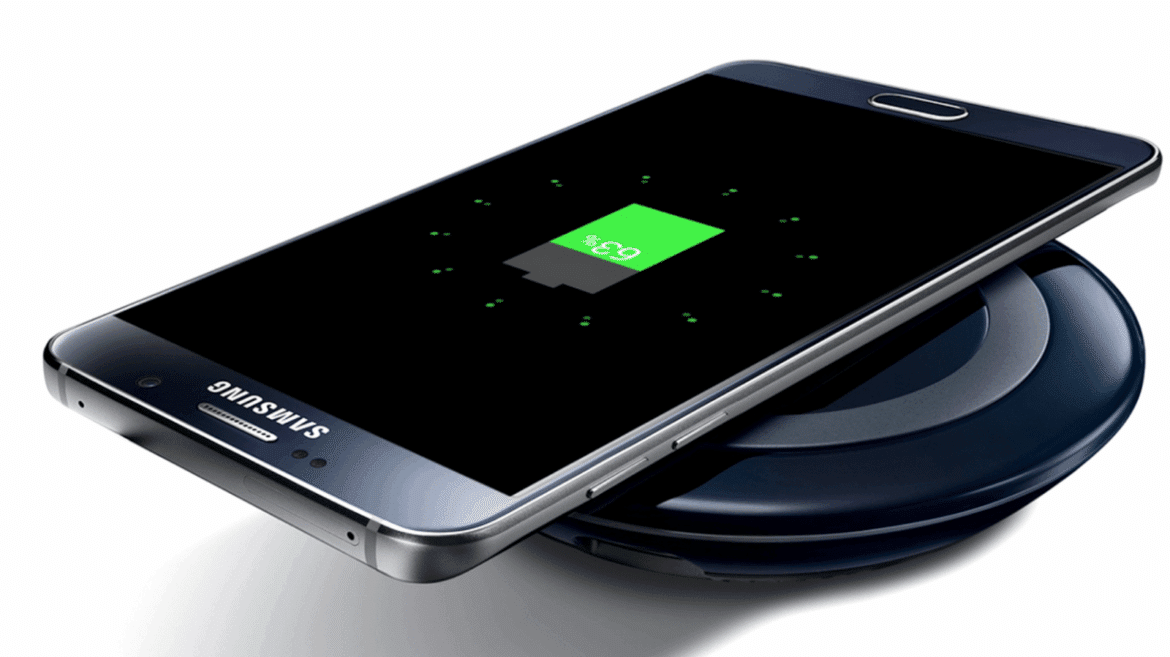1.4K
Wireless charging is possible with more and more smartphones, smartwatches and other devices. The QI standard is used for this. In this practical tip, we tell you what’s behind the technology.
How wireless charging works
The technology behind wireless charging is simply explained.
- Unfortunately, it doesn’t work entirely without a cable, as the charging station has to be connected to a socket with the help of a cable. However, the transmission to the smartphone works without a cable.
- To charge your device, all you have to do is place it on the support surface.
- The current needed for charging is generated by a small magnetic field created by a coil in the charging station. Alternating current flows through the coil. Since your device also contains a coil, energy is transferred when it comes into contact with the magnetic field.
- The charging station sends signals to the smartphone to check whether power is still needed. If this is not the case, the energy transfer is reduced to a minimum.
The advantages of inductive charging
Charging without a cable offers you several advantages over conventional charging with a cable.
- This way, you just have to put your smartphone or device on top and you don’t have any more knotted cables or mess. This way, the cables and the smartphone won’t break so quickly.
- Another advantage is the uniform QI standard. All devices that support wireless charging and are available in this country are compatible with it. This means there are no problems when charging devices from different manufacturers.
- Depending on the charger, you can even charge several devices at the same time.
- How fast your devices charge depends on your device and the charging station. By default, the QI standard supports 5 watts. However, there are now smartphones and other devices that support fast wireless charging of up to 15 watts.
- This makes charging much faster. Note, however, that the charger must also support the power.
Disadvantages of wireless charging
Despite the many advantages, there are also some disadvantages that you should be aware of. These can potentially influence your decision to buy a charging station.
- Older smartphones must first be retrofitted with special accessories such as adhesive pads or cases. Otherwise, you will not be able to use this technology.
- Many chargers are very sensitive, which is why you need to remove the cover of your smartphone.
- The device must lie exactly on the charger and must not be moved. If you still want to use your smartphone in a limited way, you can buy a charger that charges your phone upright.
- Despite the improvement in wireless charging performance in recent years, it is still slower compared to the charging cable.
